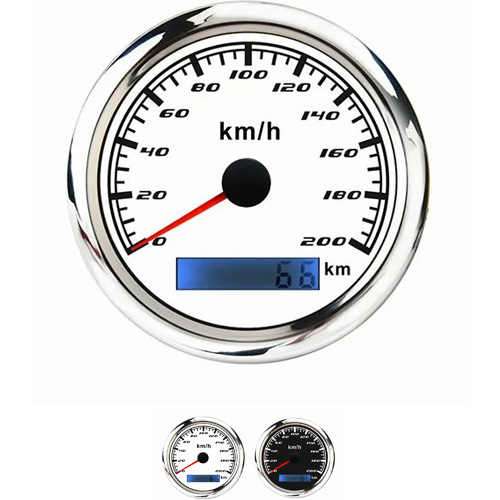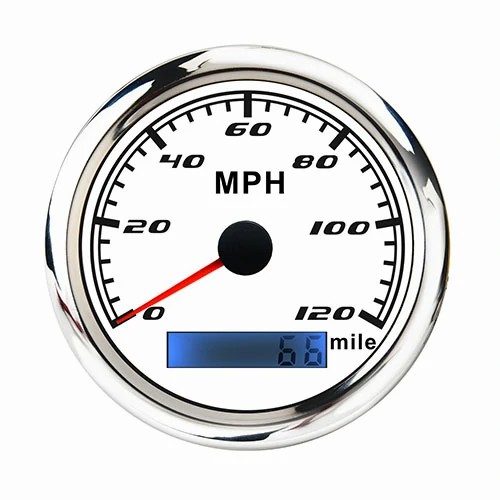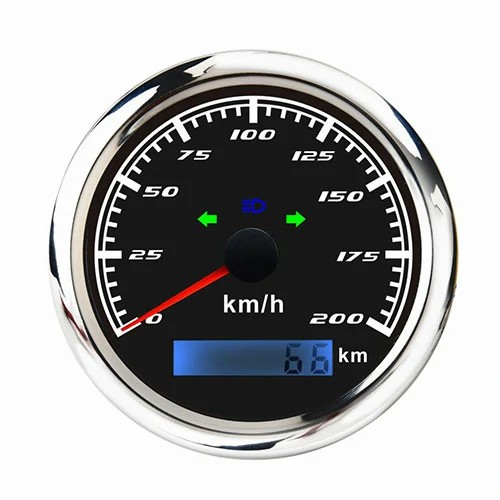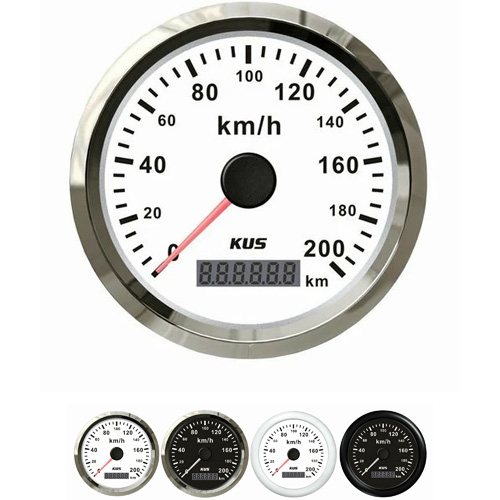digital speedometer for bikes
Bicycle speedometer, commonly known as code meter, is an electronic product used to calculate mileage and speed. It consists of an induction magnet installed on the steel bar of the front rim, an inductor on the front, a code meter seat placed on the grip along the connecting line, and a code meter on the seat. The working principle of the code meter is: when the rim rotates, the sensor captures the information brought by the induction magnet and transmits it to the code meter through the sensor line. The host code meter processes this and calculates the speed, mileage and other information. Fix a circle of magnets on the bar (concentric circle position), one by one, and install small coils on both sides of the position where the magnet passes, so as to form a small generator. The corresponding reaction speed can be achieved by measuring the voltage. A circle of small magnets have the same polarity and emit DC current; The n/s is installed between phases, which sends out alternating current. Here, DC is the most ideal.
When the bicycle travels in a straight line, the worm gear, worm and flexible shaft on the output shaft of the transmission drive the permanent magnet to rotate, and at the same time, eddy currents are induced on the aluminum bowl. Eddy current interacts with permanent magnet. Generate torque to make the aluminum bowl move forward against the hairspring and drive the pointer to rotate at the same angle. Because the strength of the worm flow is proportional to the speed (the higher the speed is, the higher the magnetic field cutting speed is), the speed indicated by the pointer must also be proportional to the driving speed of the bicycle. The speedometer uses the proportional relationship between the riding speed of the bicycle and the rotation of the wheels to linearly convert the rotation frequency of the wheels into DC voltage, and takes out the pulsating voltage value to be displayed by the voltmeter. The voltage value corresponds to the riding speed. When riding, the infrared light detector sends a pulse every time the wheel rotates, making the transistor vt2 turn on and generating a jump pulse to trigger the monostable circuit composed of the time-based integrated circuit NE555. The faster the riding speed is, the shorter the time of two pulses of the infrared light detector will be. The number of high-level output of the monostable circuit will increase, and its DC average value will be indicated by the voltmeter. The scale of voltmeter is expressed in speed unit km/h, and the rotation times of bicycle wheel can be calculated according to the circumference of the wheel. At present, there are four types of bicycles commonly used: 28In, 26in, 24In and 20in, and the scale is set as four. Calculated with a 28In bicycle, for example, when driving at a speed of 20km/h, the wheel rotates about 2.5 times /s. Therefore, the values of timing resistance RP and capacitance C2 of monostable circuit can be 100kq and 0.47pf. In the bicycle speedometer, the infrared light detector can be installed in a special support with any infrared tube, VL and. The support is made of metal sheet, and the shape can refer to the car lock structure. A piece of shelter is installed on the front wheel strip of the bicycle with the support, so that the infrared light detector is shielded once every time the wheel rotates for a week.
 English
English 






Get a Quote / Info